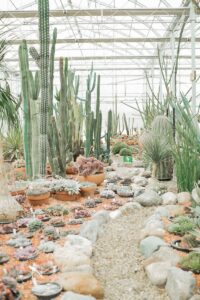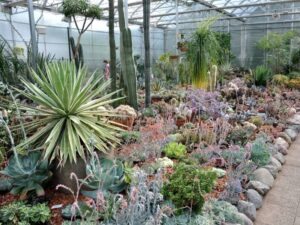 Within its perennial theme of peace, each year the IPG has a unique annual design theme for its floral plantings. Developing a plan to express that theme through colorful plantings is a massive undertaking that starts the previous summer and continues into fall. The design staff gets input from the administration and the seasonal staff to develop the concept for the following year. In late summer of 2021, the theme of celebrating the Garden’s 90th anniversary was chosen for the 2022 season.
Within its perennial theme of peace, each year the IPG has a unique annual design theme for its floral plantings. Developing a plan to express that theme through colorful plantings is a massive undertaking that starts the previous summer and continues into fall. The design staff gets input from the administration and the seasonal staff to develop the concept for the following year. In late summer of 2021, the theme of celebrating the Garden’s 90th anniversary was chosen for the 2022 season.
Each year’s plan takes into account numerous factors such as the continuity in the landscape, the size and location of the various flower beds, spacing of different plants, the different varieties, colors and textures, and what plants will be available from their suppliers. By October, everything has to be calculated down to the last petunia so the plants can be ordered. IPG plants are sourced from Manitoba and North Dakota, as local vendors are invited to place their bids on the 70,000 to 100,000 annuals that will be needed each year.
In a typical year, the IPG orders seedlings that start arriving in March and are grown to maturity in on-site greenhouses. But this year, the greenhouses are filled with cacti and succulents that are usually housed in the Conservatory, which is currently undergoing expansion. So this year’s seedlings will be grown to maturity by an off-site contractor.
Planting usually starts the first week of June when the danger of frost is past. Planting takes the crew of 12 about a month, with the goal of having all the annuals in place by July 1. Once planted, they need frequent watering in the 2 to 3 weeks it takes for them to become established, followed by regular watering, occasional fertilizing, and a lot of weeding throughout the season. The theme for 2022, Celebrating 90 Years Through Music and the Arts, is also woven into the displays, with playful visuals that include plants growing out of pianos and tubas, flower beds designed like musical notations, and real, playable pianos in the picnic shelters.
 In addition to the acres of outdoor flowers, trees and shrubs, the IPG’s Conservatory is home to one of the most diverse displays of cacti and succulents in the world. The expansion currently underway in the Conservatory will enable the facility to better display and care for the collection, as well as share the history of the Garden in an immersive landscaped space that will attract visitors year-round.
In addition to the acres of outdoor flowers, trees and shrubs, the IPG’s Conservatory is home to one of the most diverse displays of cacti and succulents in the world. The expansion currently underway in the Conservatory will enable the facility to better display and care for the collection, as well as share the history of the Garden in an immersive landscaped space that will attract visitors year-round.
Over 5,000 species and cultivars are represented in the collection that was donated by Don Vitko of Minot, North Dakota. It includes rare and endangered species from ecological niches that are undergoing incursion caused by encroaching infrastructure, overgrazing, climate change, and conflict zones.
The Conservatory also provides a platform for teaching the importance of conservation, as it helps preserve vulnerable species that may have as-yet unknown beneficial properties. Conservation is a vehicle for promoting peace by teaching us to value and protect living things and work to create a sustainable environment where they can survive and thrive.
Visitors to the IPG often comment on the sense of serenity that pervades the garden. Horticulturists and home gardeners alike often note the feeling of tranquility that’s created by proximity to and working with plants. They ground us to the earth we live on, and we depend on them for our survival. Plants and peace are inextricably bound together, and their profusion in the garden provides the ideal setting for not only admiring their beauty, but creating an atmosphere conducive to the garden’s purpose and mission of celebrating peace between nations.
— Thanks to IPG staff Johannes Olwage, Director of Horticulture and Conservatory, and Jonah Neufeld, Conservatory Horticulturist, for providing information for this article.


